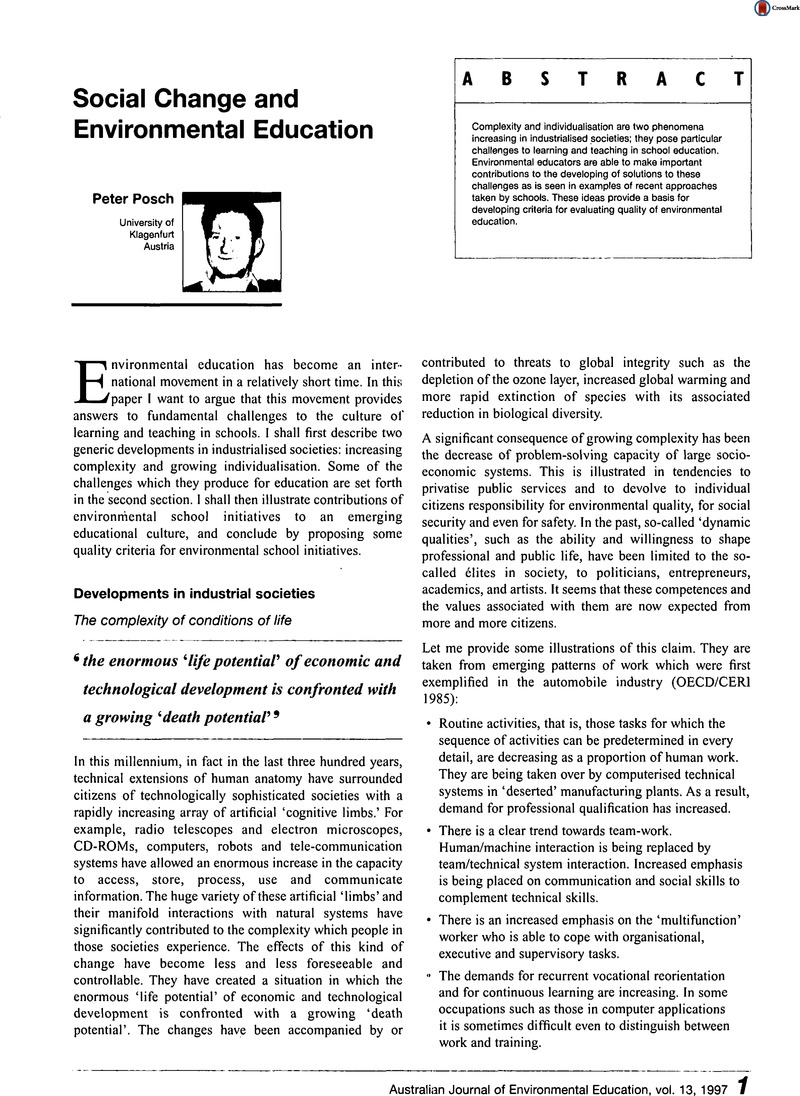Crossref Citations
This article has been cited by the following publications. This list is generated based on data provided by Crossref.
DOYLE, REBEKAH
and
KRASNY, MARIANNE
2003.
Participatory Rural Appraisal as an Approach to Environmental Education in Urban Community Gardens.
Environmental Education Research,
Vol. 9,
Issue. 1,
p.
91.
Robottom, Ian
2004.
Environmental Education and Local Initiatives: A Rationale, International Examples and an Issue for Research.
Applied Environmental Education & Communication,
Vol. 3,
Issue. 1,
p.
21.



